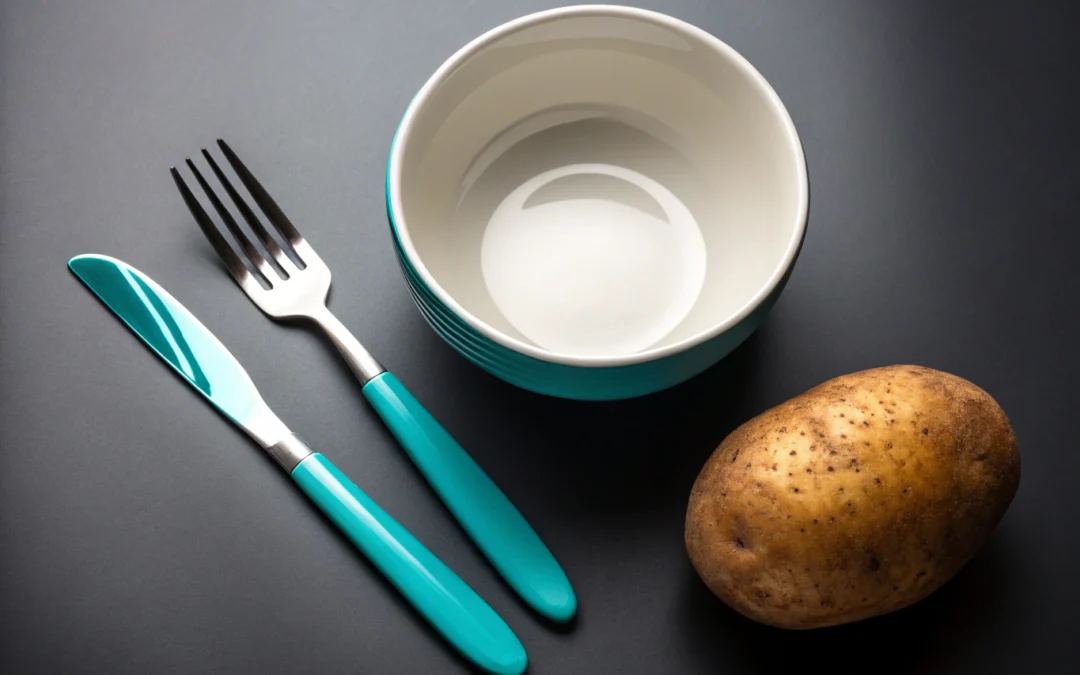Mastering the Art of Mashing Potatoes Without a Masher
For many home cooks, the idea of preparing perfectly mashed potatoes often starts with the right equipment. But what if you find yourself without a traditional potato masher? Don’t worry—there are several effective methods to achieve smooth, fluffy mashed potatoes using items you already have in your kitchen. For a comprehensive guide, check out how to mash potatoes without a masher.
Alternative Tools for Mashing Potatoes
Use a Fork for Creamy Results
A simple fork can do wonders when mashing potatoes. After boiling your potatoes until tender, drain them well. Use the back of a sturdy fork to press down and mash the potatoes directly in the pot or a large bowl. This method works best with smaller potatoes or when you prefer a chunkier mash.Employ a Whisk or Hand Mixer
A whisk, especially a sturdy balloon whisk, can be surprisingly effective for mashing potatoes. Once they are soft, transfer the potatoes into a mixing bowl. Use the whisk to break down the potatoes, stirring and mashing simultaneously. For an even smoother consistency, a hand mixer can be employed—just be cautious not to overmix, which can make the potatoes gluey.Utilize a Food Processor or Blender
If you have a food processor or blender, these appliances can quickly turn boiled potatoes into a smooth mash. Place the cooked potatoes in the bowl, pulse briefly, and check the consistency frequently. Keep in mind that over-processing can lead to a gluey texture, so add butter, milk, or cream gradually to achieve the desired creaminess.Additional Tips for Perfect Mashed Potatoes
- Start with evenly cooked potatoes: Cutting potatoes into uniform pieces ensures they cook evenly, reducing the need for excessive mashing.
- Warm your ingredients: Heating butter and milk before mixing can help create a smoother, more cohesive mash.
- Season thoughtfully: Salt, pepper, garlic, or herbs can elevate the flavor without complicating the mashing process.
- Adjust consistency: Add liquid gradually to prevent your mash from becoming too runny or too stiff.
Final Considerations
While a traditional potato masher can be convenient, it’s not the only way to achieve fluffy mashed potatoes. With a little creativity and some common kitchen tools—like a fork, whisk, or even a blender—you can produce delicious results without specialized equipment. The key lies in ensuring the potatoes are thoroughly cooked and mashing them while still warm for optimal texture.Actionable Recommendations
- Use a sturdy fork or whisk to mash potatoes after boiling for a quick and effective alternative.
- If you prefer a smooth mash, carefully pulse cooked potatoes in a food processor, taking care not to overmix.
- Warm your butter and milk before incorporating them into your mash for better consistency and flavor integration.
- Experiment with seasonings and add-ins like roasted garlic, chives, or cheese to customize your mashed potatoes.
Checkout ProductScope AI’s Studio (and get 200 free studio credits)

